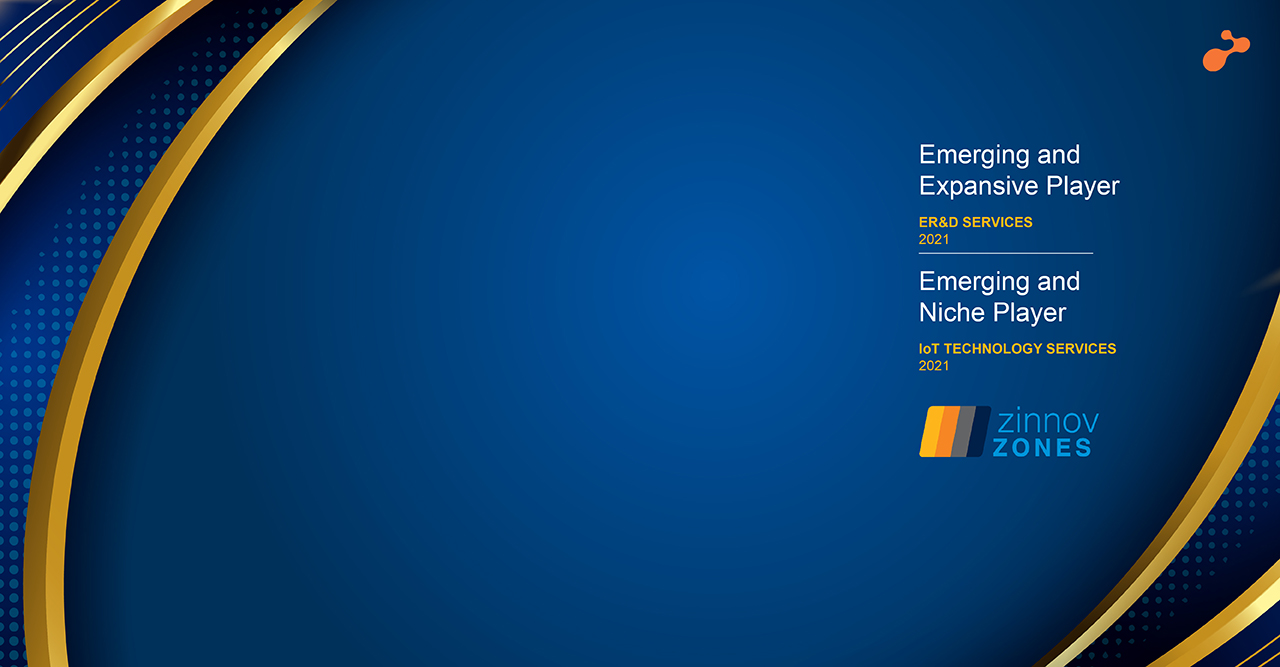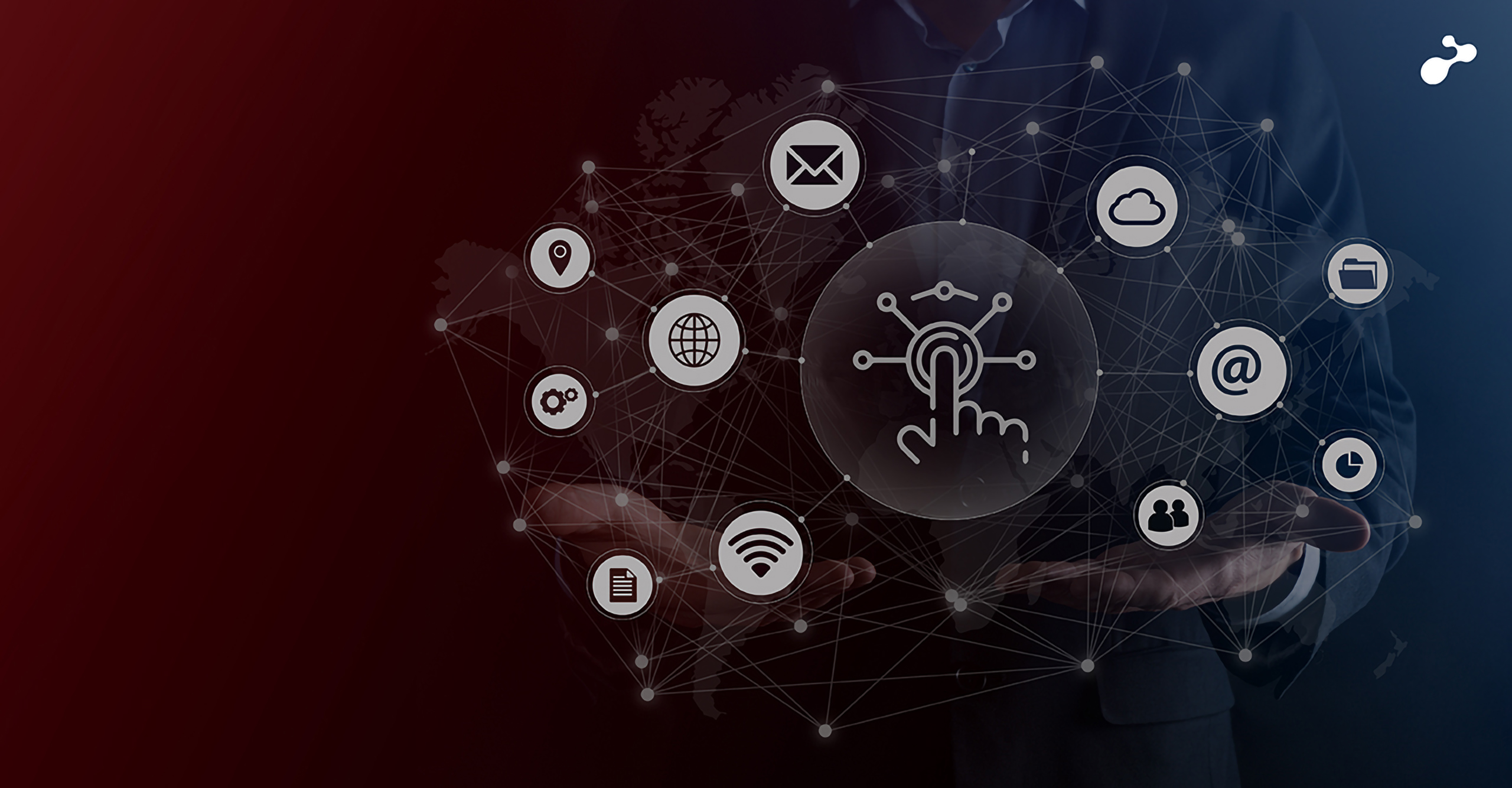My blog will help you understand the phases of web monitoring, the new techniques, tools, and strategies that should naturally be implemented by DevOps and IT Ops teams.
What is Digital Experience Monitoring? Why should you have it?
This is an emerging technology that goes beyond application performance monitoring (APM) and end user experience monitoring (EUEM).
Gartner defines Digital Experience Monitoring as an availability and performance monitoring discipline which supports the optimization of operational experience and behaviour of a digital agent, or a machine, as it interacts with enterprise applications and services. It provides business-critical analysis and understanding of how your application's performance impacts user experience and your bottom line.
It is seen that the DEM brings proven benefits to most modern enterprises. They are providing multi-faceted digital experiences that give customers high-quality experience and assistance in growing the business too.
In fact, "By 2020, 30% of global enterprises will have strategically implemented DEM technologies or services, up from fewer than 5% today," explains Will Cappelli, Gartner VP and author of Gartner's Innovation Insight for Digital Experience Monitoring research.
Businesses cannot overlook digital transformation the DEM strategy in today's highly digital ecosystem must be all encompassing. Below are essential elements why enterprises need to plan and move from APM to DEM.
- The Internet of Things
- Mobile is everywhere; everything is mobile
Many businesses ignore mobile applications. If you measure the performance of the application and receive a small number of mobile visitors, do you think that the monitoring can be left alone? Ignoring mobile applications is not at all a good strategy. Do not come to the conclusion and discount the mobile until you have all the necessary information.
It is not only monitoring performance of the application from mobile devices and providers that is necessary, but also monitoring APIs delivering content to the mobile app. API is a pillar of the mobile app ecosystem. Mobile apps rely on APIs to communicate with back-end infrastructure. Making sure these APIs are returning valid information (with no errors or delays) is a critical component of a DEM strategy.
- Going 'agile'
When we talk about the Agile method, it implies an iterative and incremental method of management. Continuous testing is happening during the cycle which means that there are regular checkups to see that the product is working during the development. We never know what can cause risk. Even with testing, code releases can cause unexpected performance degradation. Being notified about these enables the organization to make changes if needed and to make the team aware if there are any issues.
Companies are including real-time user monitoring as a part of their DEM strategy as testing of every permutation of browser, device and the network provider is not possible.
- User expects more than just a page load time
- Include protocols
- More information, more customers
- Maintain your competitive edge
The customers’ expectations are ever changing and they only measure that matters. They want all your online tools and communication channels to work flawlessly. Whether you’re undergoing your own digital transformation or consolidating an existing strategy, they want the best!
This is why in order to keep your customers loyal to your brand, you must bridge the gap with IT and start putting your customers first. Implement a digital experience monitoring strategy today.


%20V5-05.jpg)





.png)